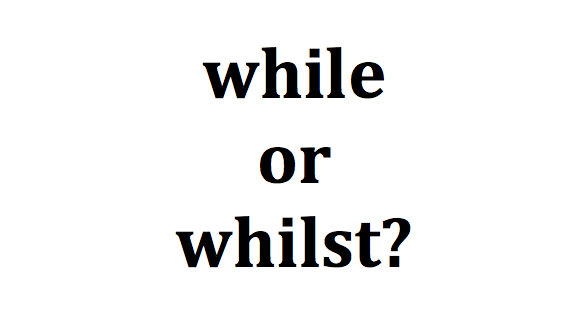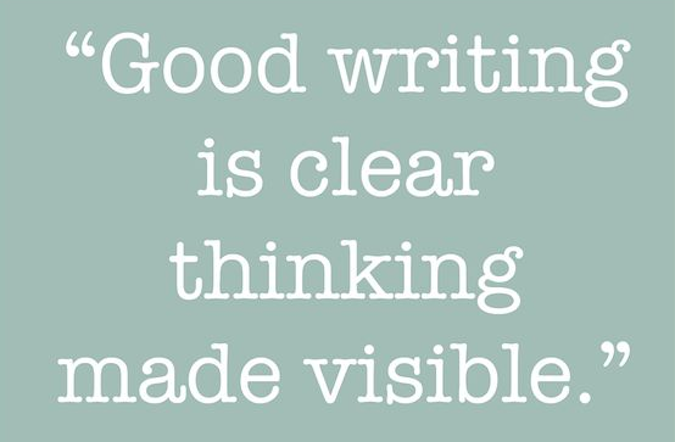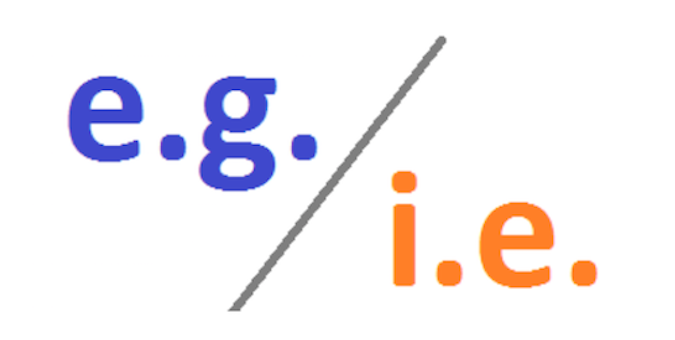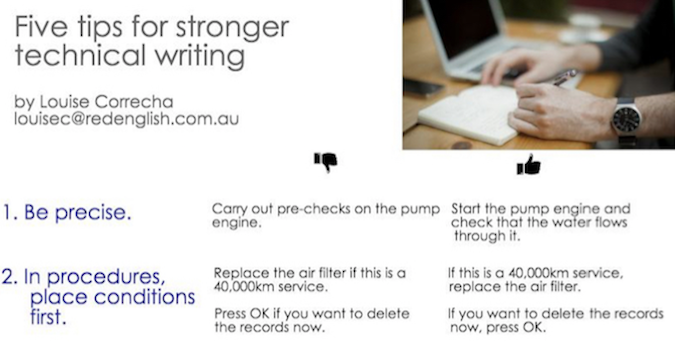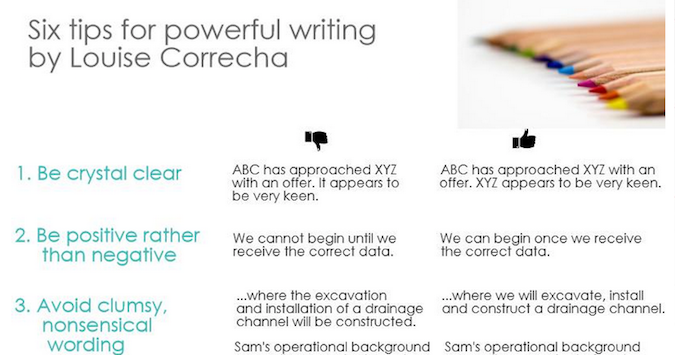On choosing to use ‘while’ or ‘whilst’, and why this question could be more important than you think.
The answer to the question of whether to use ‘while’ or ‘whilst’ is, in short, to use whichever you prefer and whichever you think will be most natural for the context and audience you are writing for. Basically, ‘while’ and ‘whilst’ are interchangeable in meaning, but usage varies according to preferences in different varieties of English. Some say ‘whilst’ is preferred in some varieties of English, while others say it sounds too old-fashioned. So in one sense, it’s up to you. But there is a little more to it than that.
When it comes to word choices like these, I recommend an approach that worries less about what is perceived to be ‘right’ or ‘wrong’ (because that is always going to vary) and focuses instead on pragmatic and logical reasoning. For me, you see, the question is not so much about whether to use ‘while’ or ‘whilst’ (although I choose to use ‘while’, which I explain further below), but whether to use ‘while’ or ‘although’. Let me explain.


